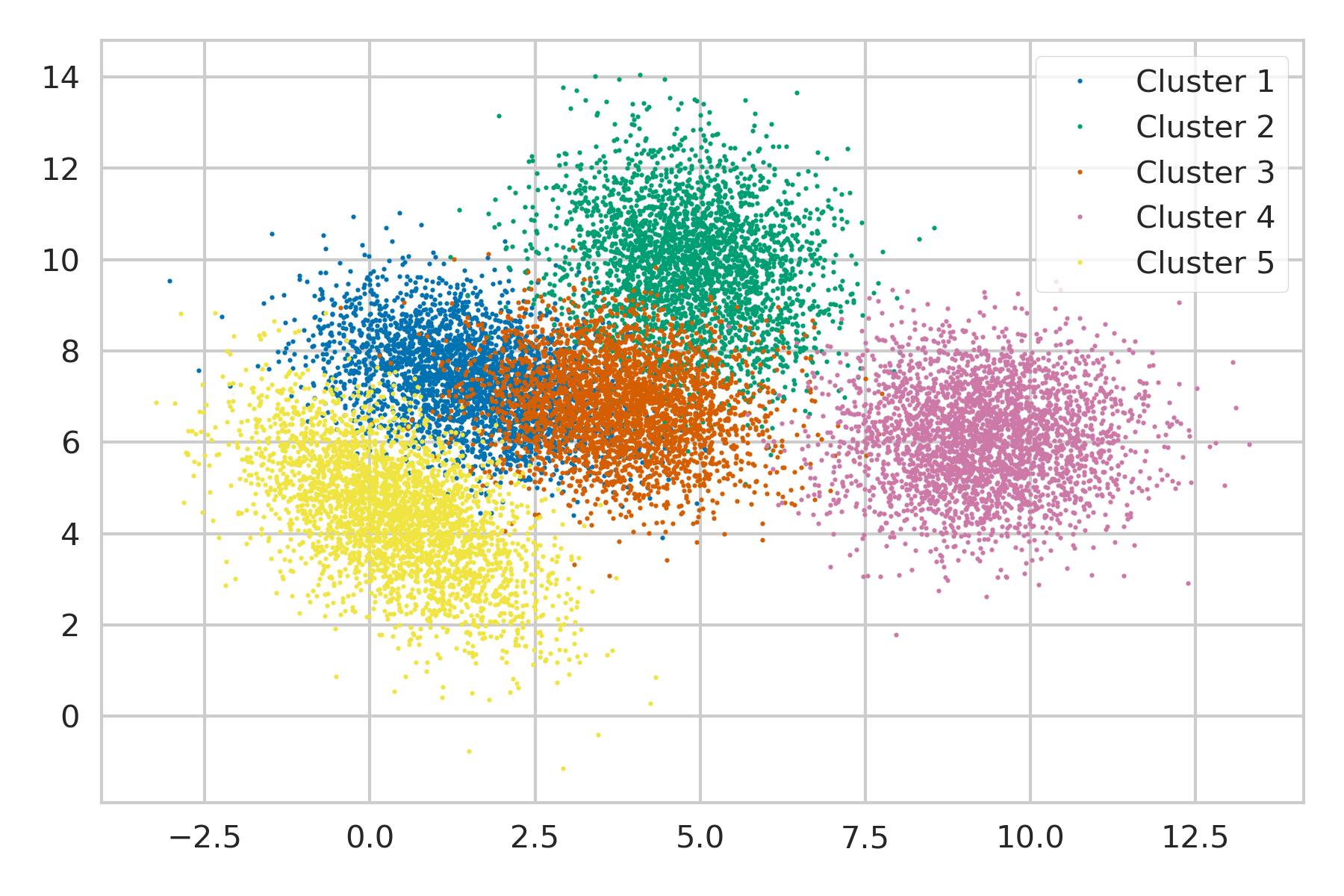
Very high bandwidth, on the other hand, can lead to over smoothening, indicating that some important structures might have been obscured and smoothened out, which otherwise would have created a spike. Very low bandwidth show spiky curve, indicating that the amount of smoothening is too low, and some spikes might be just caused by randomness. This eliminates the dependency on the bin-width and end points of bins in case of histograms.Ĭhoosing the appropriate bandwidth for the kernel estimators is important to get the optimal estimate. Kernel estimators smooth out the contribution of each observation over a local neighborhood of that observation. It does not describe the exact data point, but gives an underlying distribution without knowing the true value of the observation. On the other hand, KDE aims to portray a smoother version of the histogram plot. Histogram for flipper length of penguins, with estimated Kernel Density curveįor histograms, each observation is stacked upon one another in the respective interval bins, based on their frequency, and that produces the buckets of different sizes. Let us use the tips data set to understand the scatter plot. how the two variables vary together and help us understand if there is any relationship between them. It portrays the joint distribution of the two variables i.e. The scatter plot is used when both the variables are numeric. The relplot() has two kinds: the default kind is the scatter plot and the second one is a line plot. The relplot() is the most frequently used seaborn function that helps us in visualizing statistical relation among the features, creating illuminating and easily understood plots, that can explain complex and huge data sets. Very often, when we are are first exposed to a data set, we tend to find out, what kind of relation exist among the different features: if values of one feature go up, does the ones of the other go down?, is there any meaningful relation among them at all? What kind of relations exist among the data points?… Relational Plots: In this article, we would explore some of the most important and frequently used plots, offered by Seaborn, that are extensively used in data analysis and in the machine learning world. Seaborn offers different kinds of plots and visualizations, and we need to choose the one that best describes our data, and is specific to the answers that we are trying to arrive at. Seaborn, built on top of another statistical library Matplotlib, forms an essential foundation behind Python being so extensively used in the machine learning world to analyze huge data sets. Python has its own in-built, extensively rich, data visualization library called Seaborn, that is having a splendid palette of visualizations, which we can use to derive insights from our data.


There are multiple platforms that enable us to munge the data and create cohesive pictorial views out of them, that help us explore and understand our data better, by creating informative plots, in a very short time. Which kind of visualization to choose, depends entirely on the type of data we are dealing with, and more importantly, what questions we are trying to answer from the data, i.e. When it comes to data visualization, there is a plethora of options to choose from: a simple bar graph can help us differentiate among the data points based on their corresponding heights, or a simple pie chart can help us understand the proportions of different data points relative to each other.


Hence, data visualization forms an integral pillar of data analytics. And that forms the core foundation of modern data analytics: to find insights from the data, answer questions, and drive the business strictly using a data driven approach. It becomes much more easier and soothing for the human eyes and the brain, if presented with pictorial versions of the data, from which the brain can draw insights and conclusions way faster. In the above scenario, we were dealing with only 10 sales years, whereas in the real world, we deal with huge spreadsheets, and millions of such numbers, when it becomes difficult and tedious job for the brain to pace up with the huge volume of data. The brain interprets colors and heights of the bars faster than the bunch of numbers and deduces the answer more quickly. Doesn’t it become easier now, to infer way more quickly the same answer, to which we arrived earlier.


 0 kommentar(er)
0 kommentar(er)
